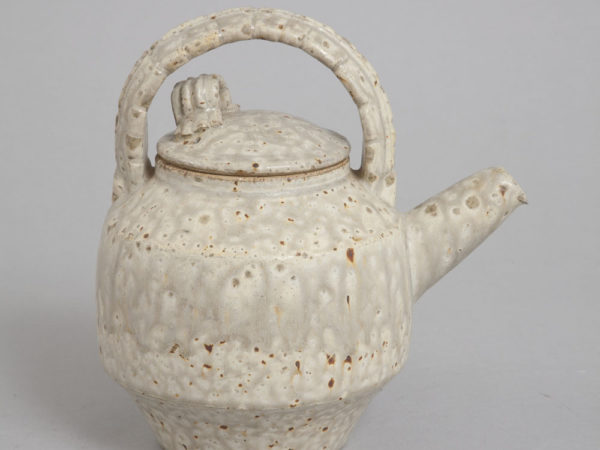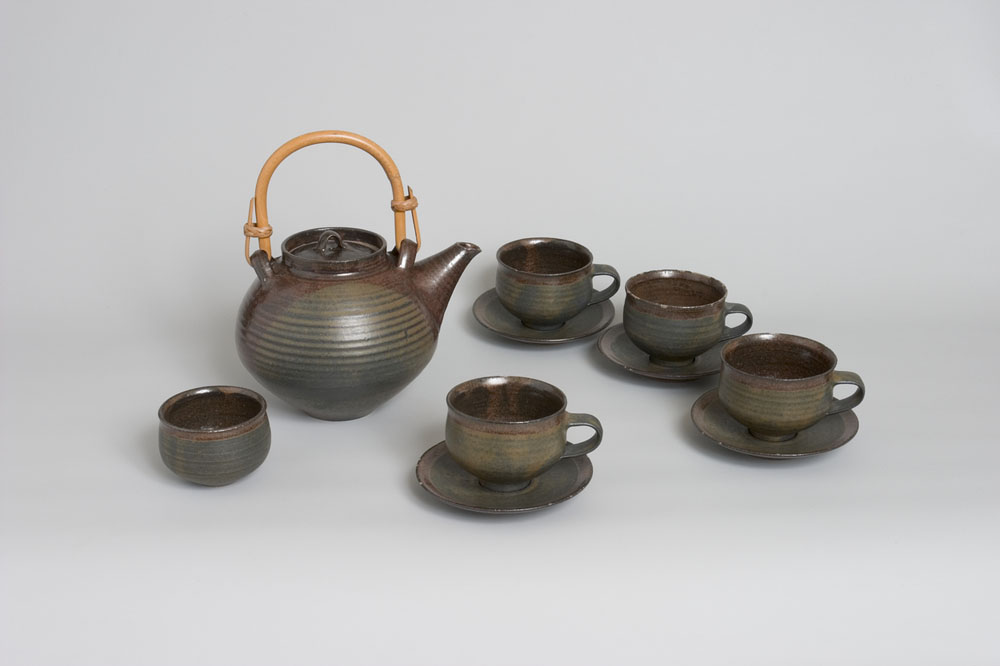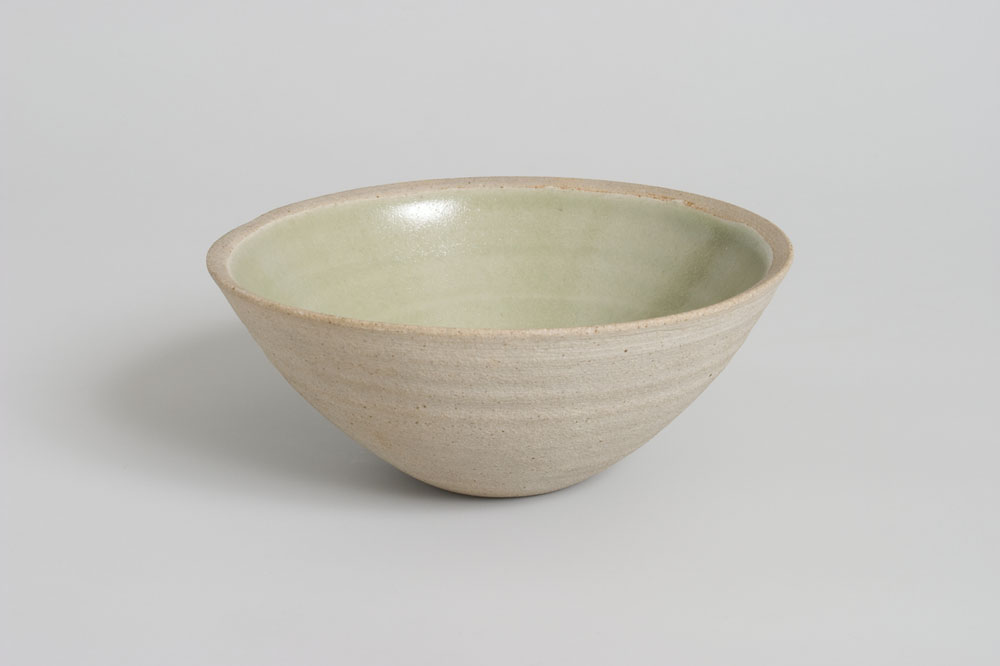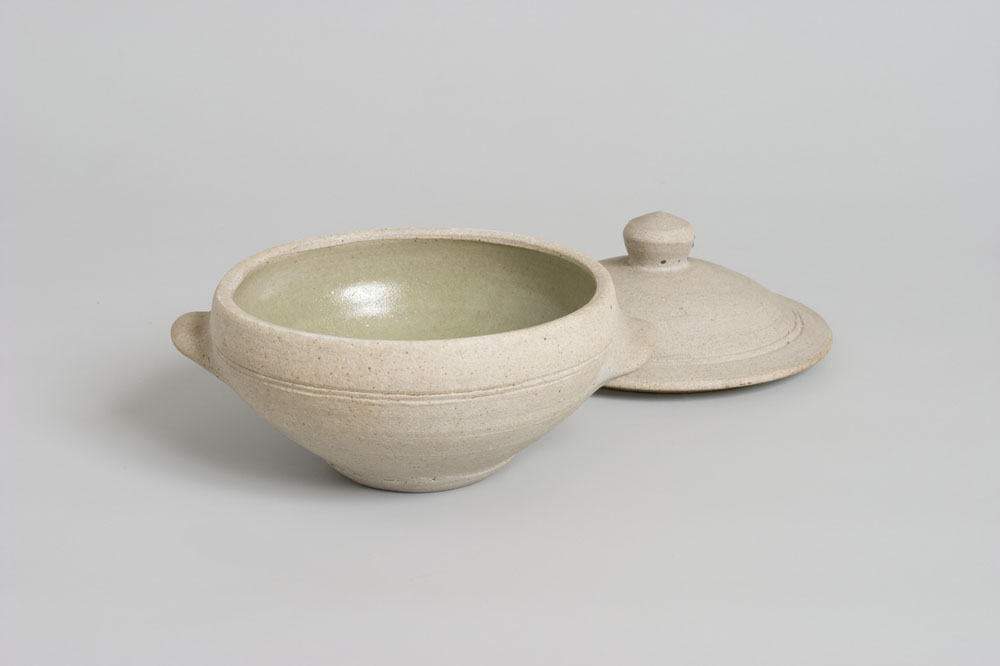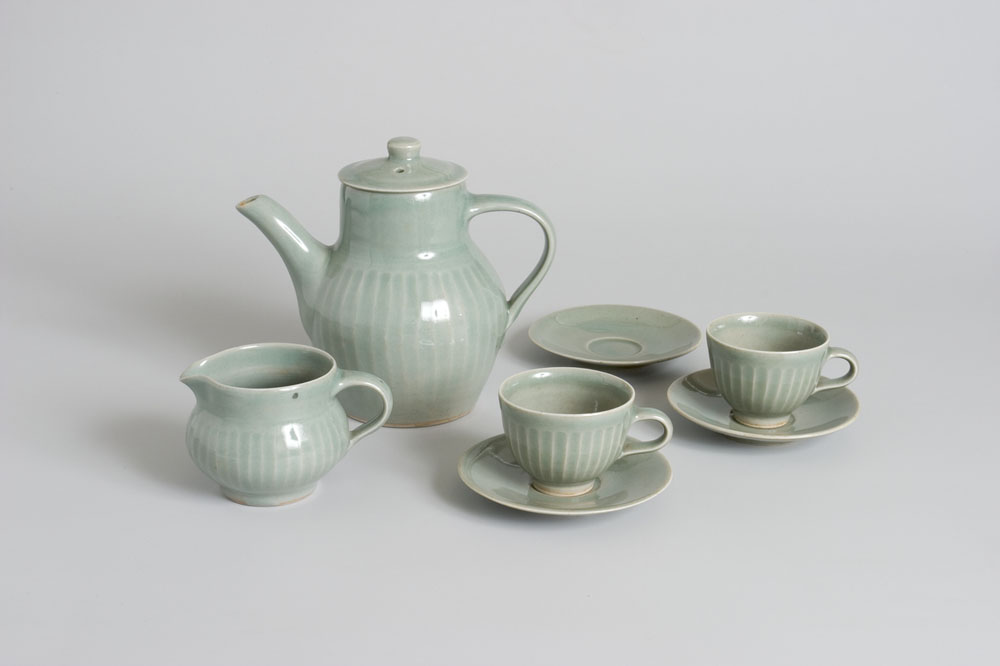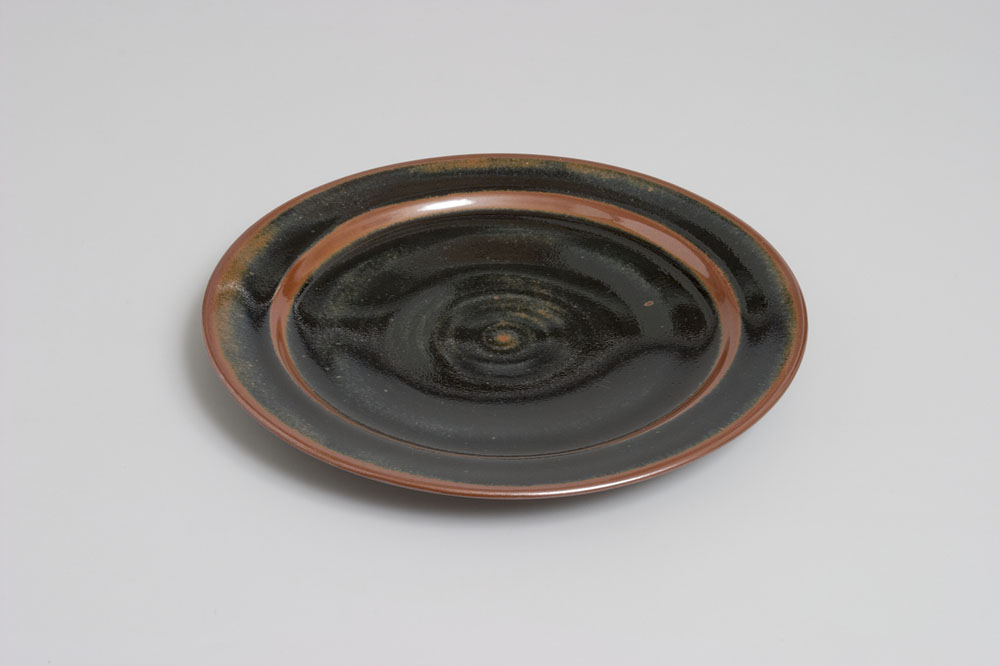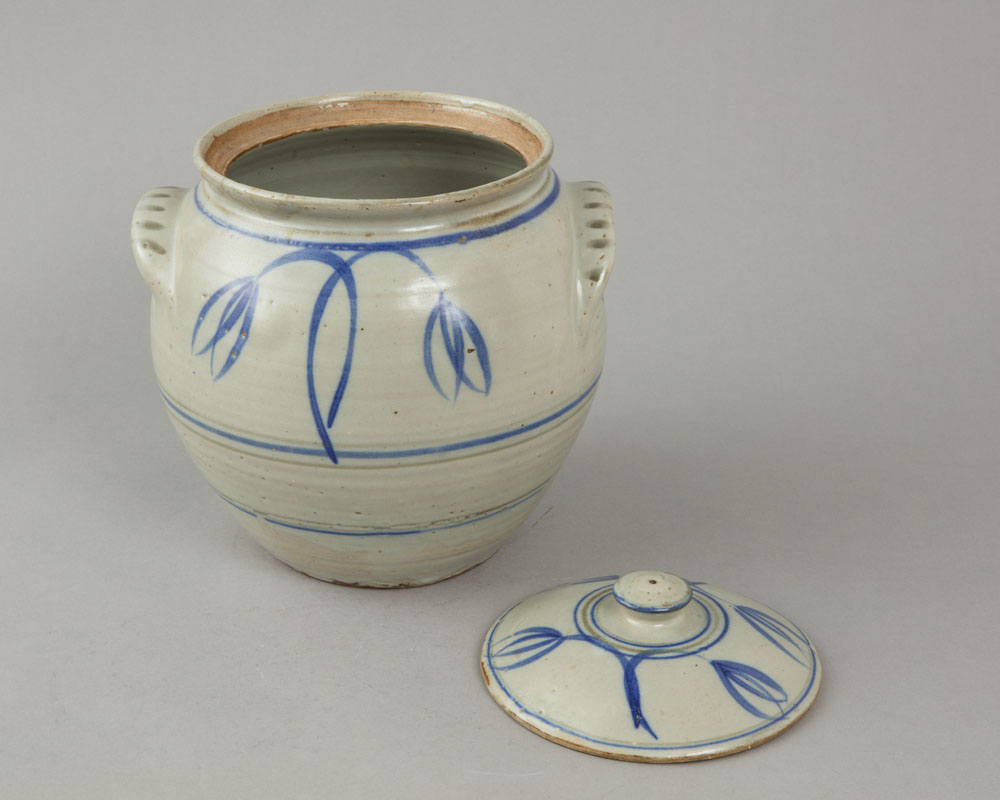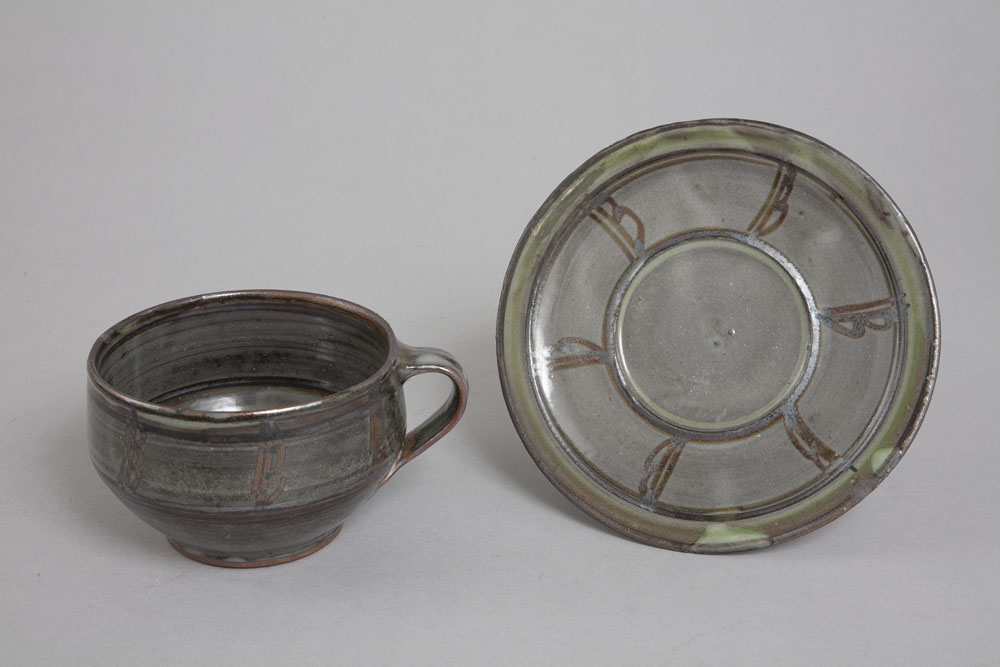Pottery for the everyday
Even in the 1960s the earthy tones, textured surfaces and rich glazes of studio pottery were a revelation compared to the industrially produced china available in the shops.
If you believed in the handmade and supporting creativity the next step was to buy studio pottery for your home or café. Studio pottery worked well alongside the interest in Mediterranean food championed by Elizabeth David, and the wholefood movement of the ‘60s. Potters made tea and coffee services, bowls and mugs. The Leach Pottery in St. Ives and Winchcombe Pottery in Gloucestershire both developed standard ranges so that customers could come back again for the same pieces.
Real, unique, accessible: the studio pottery ethos
The term ’studio pottery’ was first used in the early years of the 20th century to describe work produced on a small scale by a single potter or small team. Defining characteristics were its handmade and non-industrial nature. Michael Cardew described his aim as ‘to make pots which could be used for the purposes of daily life, and to make them cheap enough for ordinary people… not too mind too much when they got broken’.
Since then definitions have changed. Beyond the 1960s a distinction can be identified between those producing domestic pottery and those interested more in one-off and individual work.
Pottery can often say as much about its users as its makers and studio pottery has attracted those interested in food and lifestyle fashions. It chimed with trends in wholefood and Mediterranean food in the 1960s, whilst Lucy Rie and Bernard Leach vases became associated with a modern, pared-down interior design look.
Craftivism, CIY and Buy Local: the ethos lives on
Recently there has been a renewed interest in working with clay. For some contemporary artists this reflects a return to materiality, perhaps a reaction against a digital world. There is a new public enthusiasm for Crafting It Yourself, from knitting and patchwork to pottery as well as the influence of TV programmes such as The Great Pottery Throw Down. Sometimes this has been linked to other movements, craftivism where craft activity is combined with political activism, or green policies such as Buy Local. There is also new interest in using studio pottery from chefs and restaurateurs, believing the unique and hand-made better reflect their food ethos. For example London restaurant Primeur & Westerns Laundry is now using pots by Bristol maker Carmel Eskell.
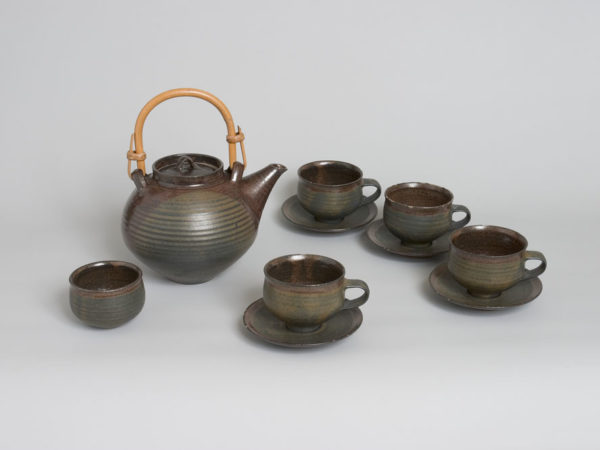
Tea set by Gwyn Hanssen Pigott, 1962
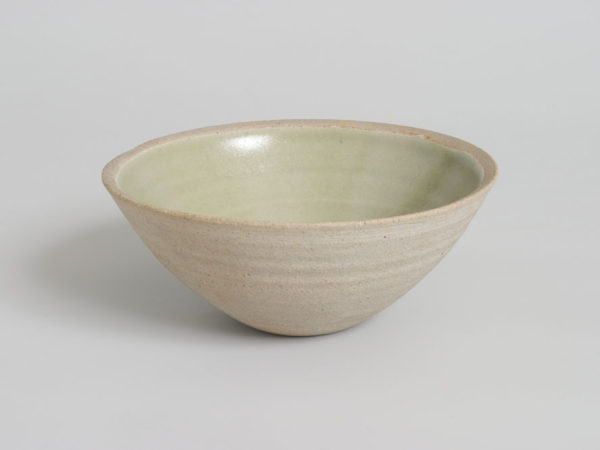
Bowl by the Leach Pottery, 1951
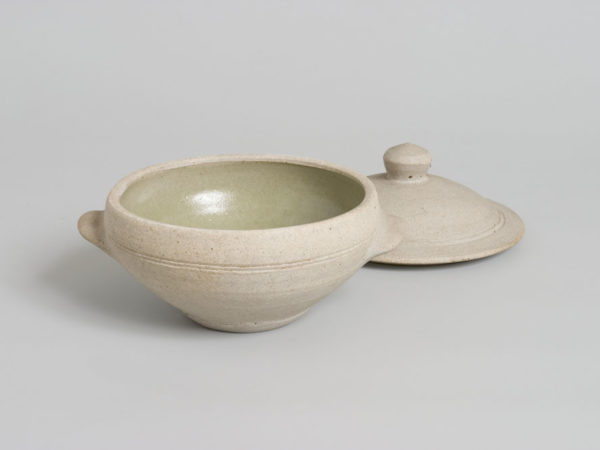
Soup bowl with lid by the Leach Pottery, 1951
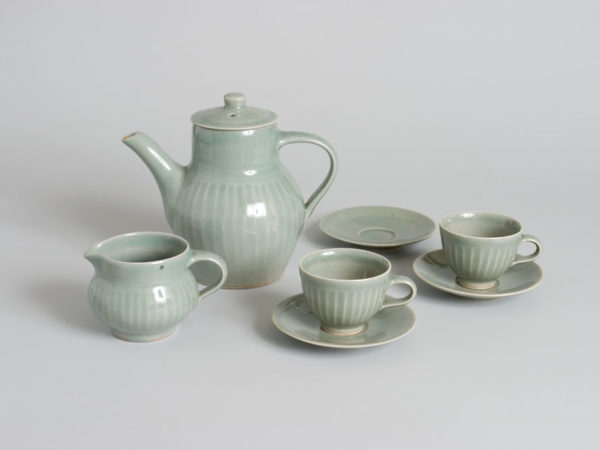
Coffee set by Crowan Pottery, 1954
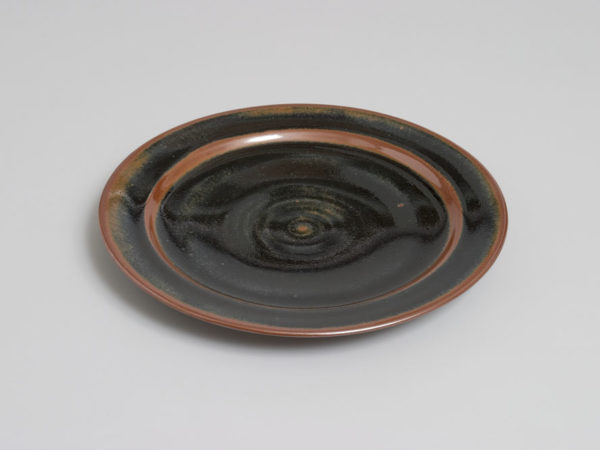
Plate by Crowan Pottery, 1950-59
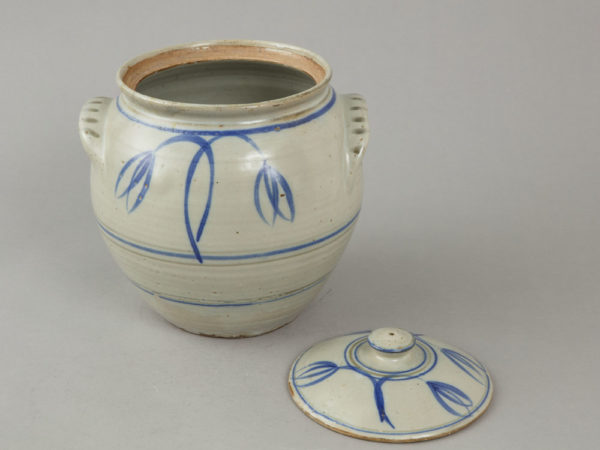
Bread Crock by Michael Cardew 1954
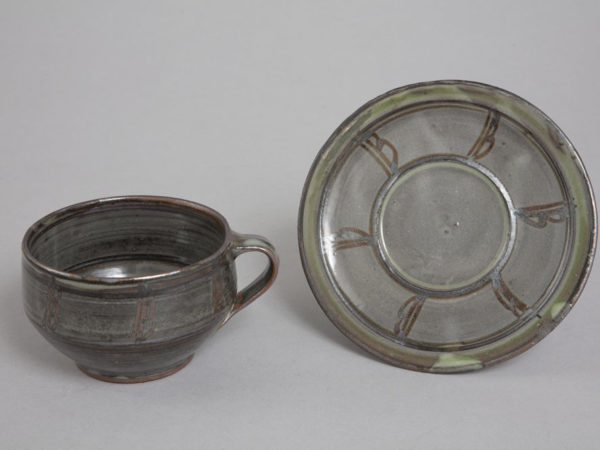
Cup and saucer by Michael Cardew, 1958
